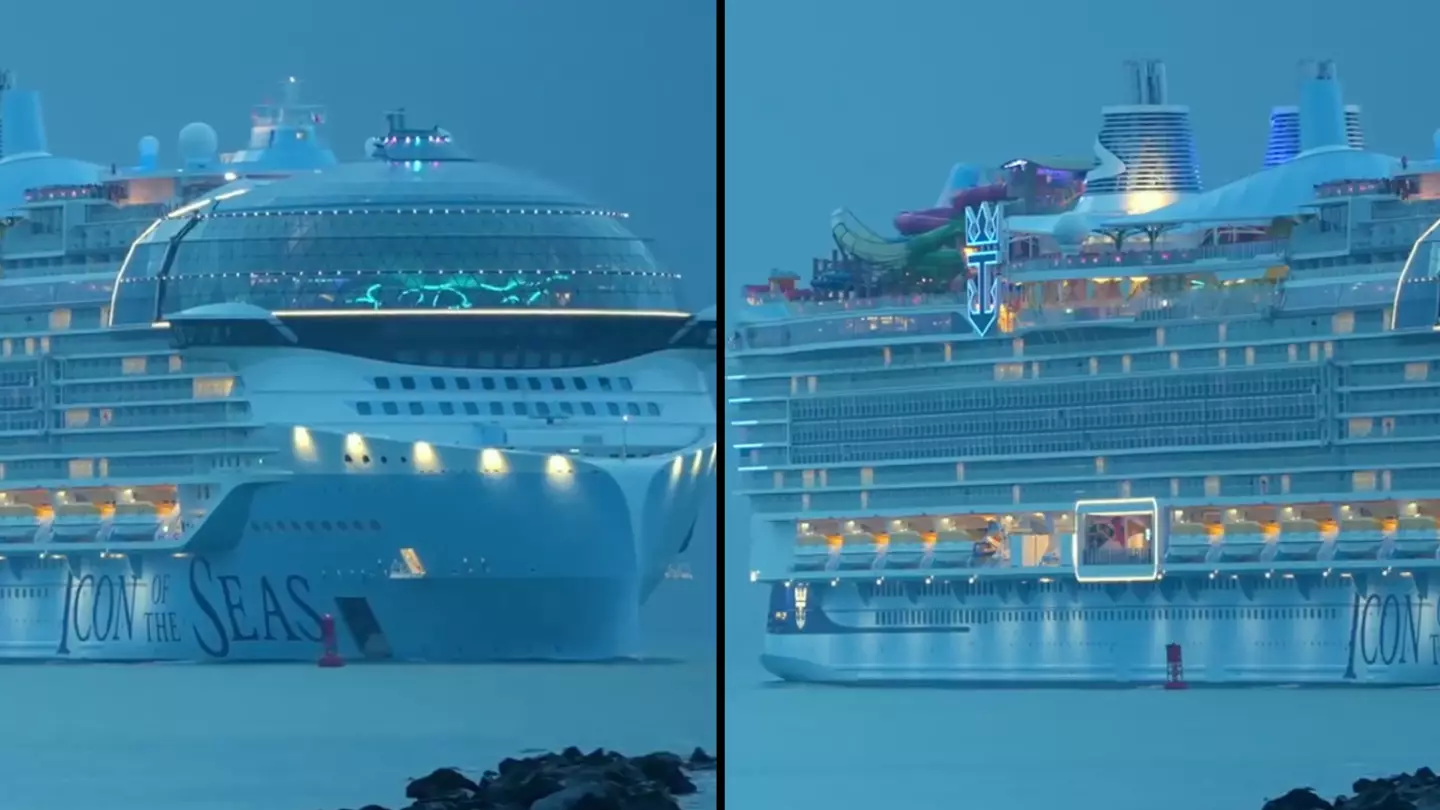
Expert explains how world's largest cruise ship is able to float after it left people baffled
Royal Caribbean's Icon of the Seas has a 248,663 gross tonnage, so how does it not just sink?
Featured Image Credit: X/@TheFigen_
Topics: Cruise Ship, Travel, Science
 Brenna Cooper
Brenna Cooper
Brenna Cooper is a journalist at LADbible. She graduated from the University of Sheffield with a degree in History, followed by an NCTJ accredited masters in Journalism. She began her career as a freelance writer for Digital Spy, where she wrote about all things TV, film and showbiz. Her favourite topics to cover are music, travel and any bizarre pop culture.
@_brencoco